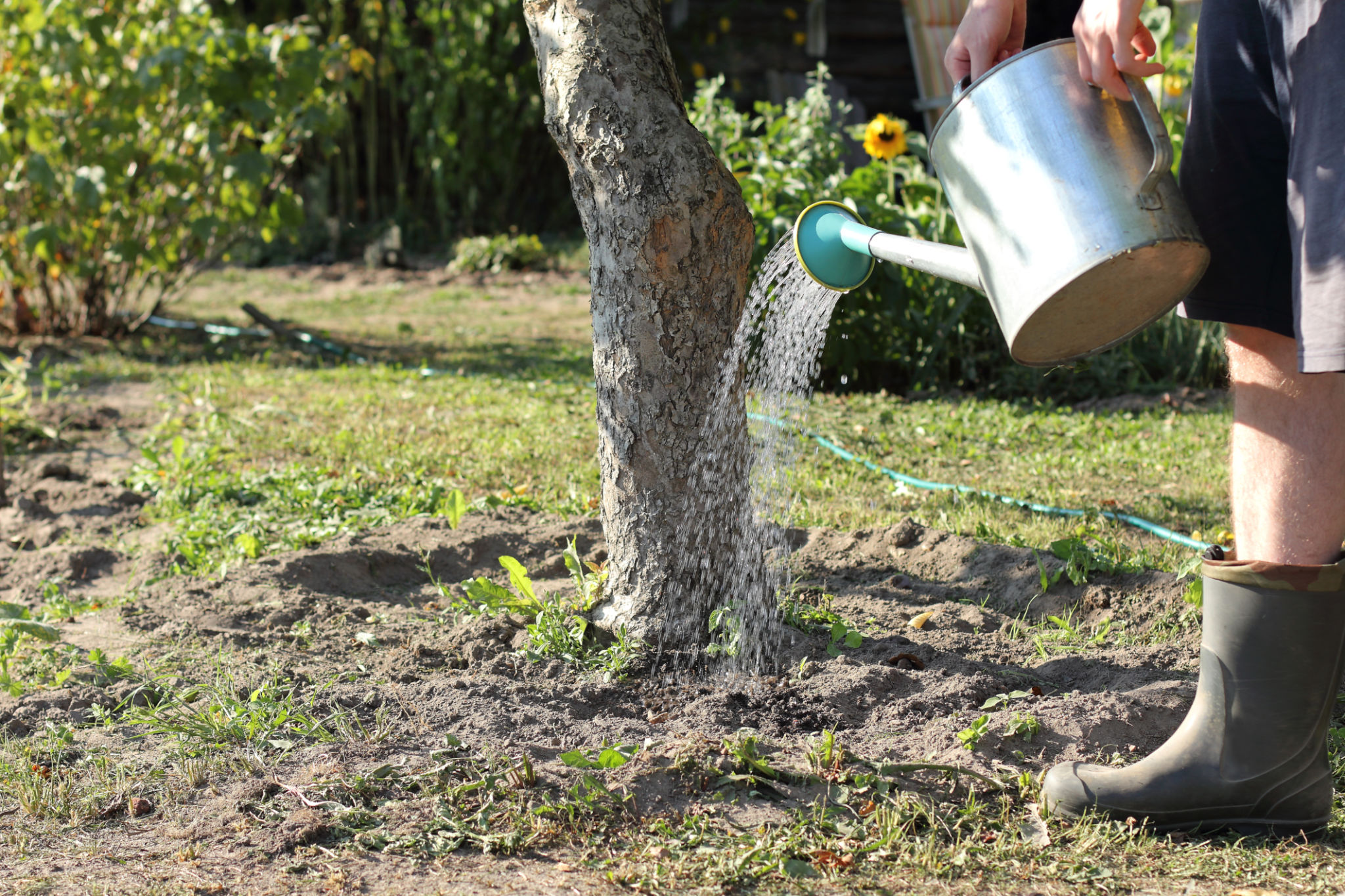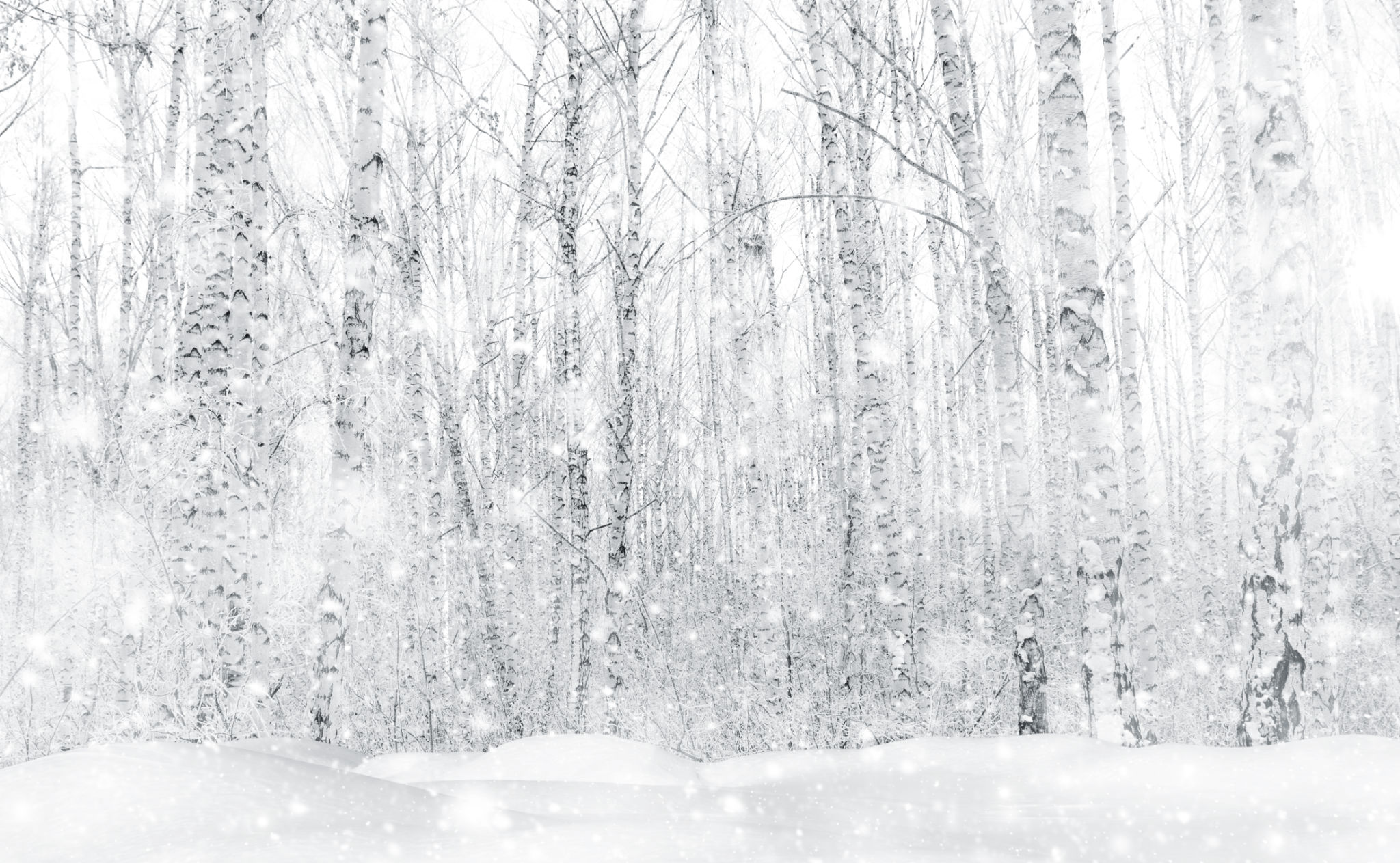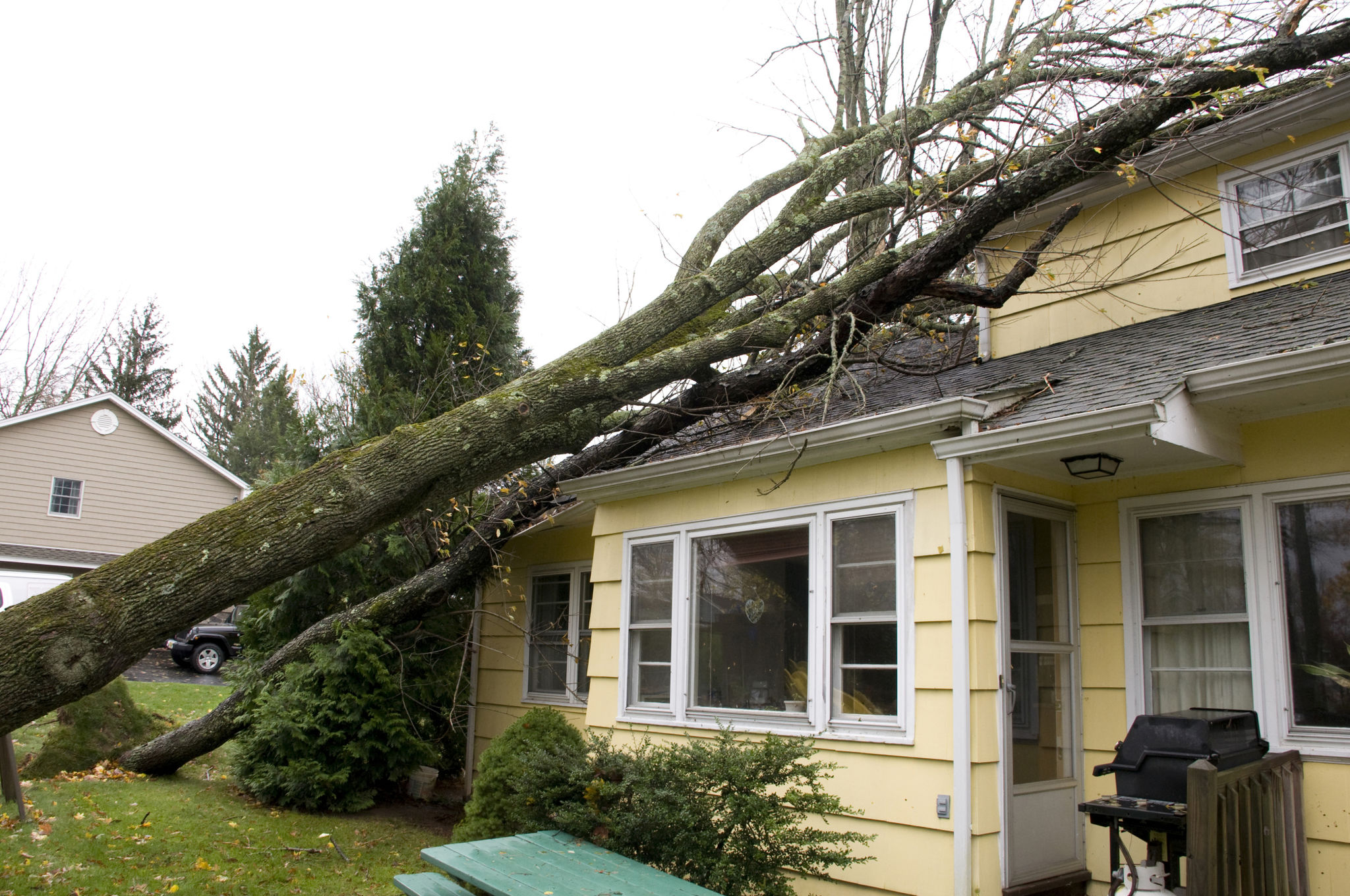The Impact of Wichita's Weather on Tree Health: What Homeowners Need to Know
Understanding Wichita's Climate
Wichita experiences a diverse weather pattern, characterized by hot summers, cold winters, and moderate spring and fall seasons. These conditions play a crucial role in determining tree health. Trees need to adapt to these changing climates to survive and thrive. Homeowners in Wichita should be aware of how these weather patterns impact their trees and what measures they can take to maintain tree health.

The Effects of Summer Heat
Summers in Wichita can be particularly harsh on trees, with temperatures often soaring above 90°F. Prolonged periods of high heat and dry conditions can lead to drought stress on trees. This stress can manifest in wilting leaves, stunted growth, and even premature leaf drop. Homeowners should ensure that their trees receive adequate water during these hot months and consider mulching to retain soil moisture.
Watering Tips for Hot Summers
To keep trees healthy during the scorching summer months, homeowners should aim to water deeply but infrequently. This encourages deep root growth. Watering should be done early in the morning or late in the evening to minimize evaporation. A soaker hose or drip irrigation system can be beneficial in delivering water directly to the roots.

Coping with Wichita's Cold Winters
Winters in Wichita bring cold temperatures and occasional snowfall, which can be challenging for trees, especially young or newly planted ones. Frost damage is a common issue that can affect the health of trees by damaging their bark and leaves. Homeowners should take preventive measures to protect their trees from such damage.
Protective Measures for Winter
Using burlap wraps around the trunks of young trees can help protect them from frost damage. Applying a thick layer of mulch around the base can also insulate the roots against freezing temperatures. Additionally, pruning dead or damaged branches before winter sets in can reduce stress on the tree.

Spring and Fall: Transition Seasons
The transitional seasons of spring and fall are critical for tree health. In spring, trees come out of dormancy, and new growth begins. This is the ideal time for fertilization to support this growth phase. Fall, on the other hand, is a time for preparing trees for the upcoming winter.
Seasonal Care Tips
- Spring: Fertilize trees with a balanced fertilizer to promote healthy growth.
- Fall: Conduct a thorough inspection for any signs of disease or pests and take appropriate action.
- Pruning: Pruning should be done in late winter or early spring before new growth starts.
The Role of Weather Events
Wichita is no stranger to severe weather events such as thunderstorms and tornadoes, which can cause significant damage to trees. High winds can break branches or uproot entire trees, posing risks not only to tree health but also to property safety. Homeowners should regularly inspect their trees for stability and address any structural weaknesses.

Emergency Preparedness
To prepare for severe weather events, homeowners should maintain regular tree inspections and remove any dead or weak branches that could become hazards during storms. Consulting with a professional arborist can provide valuable insights into the best practices for maintaining tree health and safety in storm-prone areas.
By understanding the unique climate challenges of Wichita and taking proactive steps, homeowners can ensure their trees remain healthy year-round. Proper care not only enhances the beauty of your landscape but also contributes to the overall well-being of your local environment.
